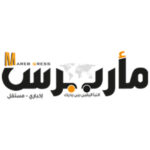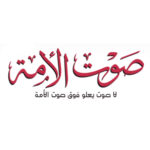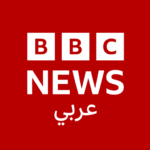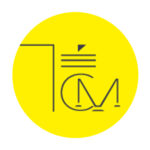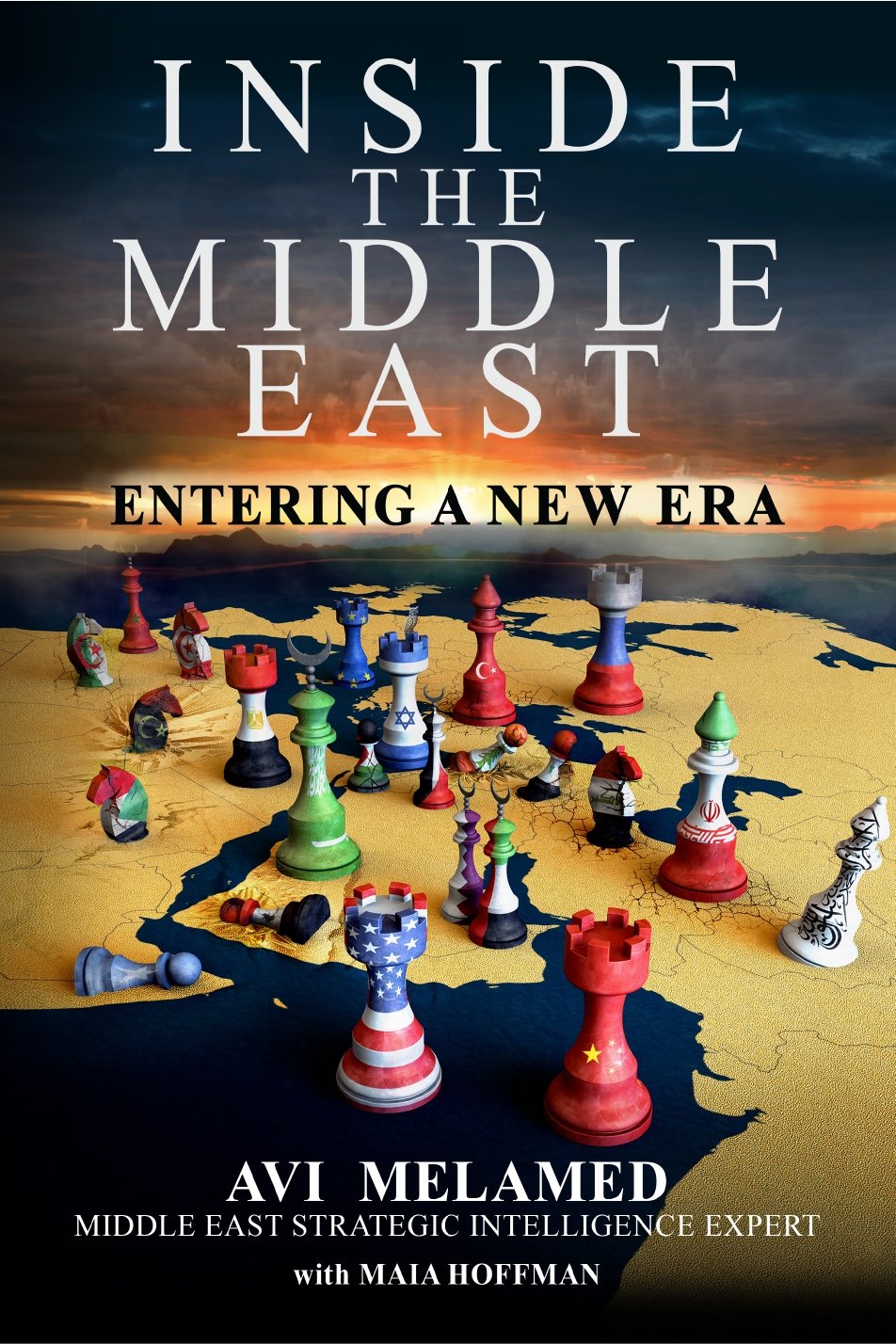|
Getting your Trinity Audio player ready...
|
Ignorance and Humiliation: The Irony of the Kufiyah Protest | AiTME #4 | An article by Avi Melamed | Podcast version powered by Ai.
The ongoing war in Gaza—sparked by Hamas’s attack on Israel on October 7—has ignited protests across Western countries. These demonstrations are fueled mainly by local Muslim populations and, increasingly, by certain Western circles. Among the most visible symbols of these protests is the kufiyah, worn in particular imitation of Hamas spokesperson Khalifa Kahlout (Abu Ubaida), who is frequently seen in the global media with his face covered by a red kufiyah. The practice of Westerners donning the kufiyah as an act of solidarity with Palestinians is not new; it has existed for decades.
A powerful example can be found in the 2013 documentary In the Dark Room, which tells the story of Magdalena Kopp, wife of the notorious terrorist Carlos the Jackal. In one memorable scene, their daughter Rosa meets Bassam Abu Sharif, a former advisor to Palestinian leader Yasser Arafat. After sharing the Palestinian narrative with her, Sharif takes out a kufiyah and solemnly wraps it around Rosa’s shoulders. The camera lingers on her face—her awe and emotional response is unmistakable. In that moment, one witnesses a kind of knighthood ceremony: the narrative is presented, the symbol bestowed, and the emotional initiation into a cause is complete. This ritual transforms a political symbol into a powerful marker of personal and group identity.
There is a common thread between this scene and today’s young Westerners wearing the kufiyah: both are animated by emotion, a longing for identity, a desire for solidarity, a sense of mission, and even a pursuit of higher purpose.
However, there is a significant and telling difference between these two episodes. In Rosa’s time, the act of Westerners wearing the kufiyah in solidarity with Palestinians was overwhelmingly received positively in the Arab world. In contrast, after October 7, the same act has provoked reservations—and even anger—among many in the Arab world. The question is: why?
The answer lies in the deeper meaning of the red kufiyah, which in Arabic is more accurately known as the shemagh. The values it stands for are honor, loyalty, nobility, and integrity.. For many Muslims, the atrocities Hamas committed during the October 7 attack are a disgrace—not only to those values, but also to the values of Islam itself. Thus, for example, King Abdullah II of Jordan stated unequivocally: “No Muslim accepts what happened on October 7th.” It is also important to note that the red kufiyah is a major national symbol of the Hashemite Kingdom of Jordan, and King Abdullah II himself is often seen wearing it at public events. For Jordanians, the red kufiyah (shemagh) is strongly associated with national pride and royal tradition and heritage of the Hashemite dynasty.
This sentiment is echoed by Emirati columnist Dr. Salem al Ketbi, who wrote:
“The Hamas movement, known to be a product of the Muslim Brotherhood’s ideology and bearing religious slogans, claims to represent Islamic principles. However, do its actions align with the Islamic values it professes to uphold? A critical analysis of the movement’s conduct on the ground reveals a stark contradiction between its religious claims and its actions, which contradict the essence of Islam and its fundamental values. Hamas’s violation of these principles was evident in the attacks of October 7, 2023, which deliberately and directly targeted Israeli civilians. Additionally, Hamas’s practice of kidnapping civilians and holding them hostage contradicts the Islamic principles governing the treatment of prisoners. Islam is founded on a comprehensive ethical framework that places the protection and dignity of human beings at its core. The Prophet Muhammad established clear guidelines for conduct in warfare, prohibiting the targeting of civilians and non-combatants, forbidding the mutilation of the dead, and advocating for the humane and dignified treatment of prisoners.”
Similarly, Salman al Daya, professor of Islamic jurisprudence at the Faculty of Sharia at Gaza University, published a detailed fatwa (Islamic legal opinion) criticizing Hamas for “violating the Islamic principles that govern jihad.” Al Daya wrote: “If the pillars, causes, or conditions of jihad are not met, it must be avoided to prevent the destruction of people’s lives. This is something that policymakers in our region can easily assess, and therefore, the attack should have been avoided.”
For many in the Arab world, using a symbol of Arab honor and tradition to mask one’s face and speak for an organization associated with violence against civilians is a desecration—a distortion of a symbol meant to embody integrity and nobility, not brutality. Abu Ubaidah’s public image, adopted by some Western protesters, thus becomes a further insult—compounding the disconnect between how the kufiyah is understood in its original cultural context and how it is repurposed for activism abroad.
Students on Western campuses after October 7 who wear the kufiyah often associate the red kufiyah with the noble values of “resistance” and a romanticized image of the “freedom fighter.” Yet, given that many Arabs and Muslims are offended and even resentful of this appropriation, these students may wish to reconsider their assumptions. The symbol they believe expresses solidarity with the Palestinian cause, in fact, may signal ignorance of—and even disrespect toward—the very people and culture they claim to support.
This article is also available as a Podcast: the AiTME Podcast. This Podcast was written and created by Avi Melamed, Middle East Intelligence Analyst and Founder of Inside The Middle East [ITME], an institute dedicated to apolitical, non-partisan education about the Middle East.
“This podcast is made possible by supporters like you. ITME is an independent, nonprofit institute committed to apolitical, intelligence-based Middle East education.
To support our work, visit >> https://causematch.com/itme-on-the-road-360
Ignorance and Humiliation: The Irony of the Kufiyah Protest | AiTME #4 | An article by Avi Melamed | Podcast version powered by Ai.
If you want to have a better understanding of the news and what really drives the unfolding events… Read the latest book of Avi Melamed,
INSIDE THE MIDDLE EAST | ENTERING A NEW ERA, available now >>>
Follow me on Twitter @AviMelamed; Facebook @InsideTheMiddleEast; for more Videos on YouTube https://www.youtube.com/c/AviMelamed
I can always be reached at Av*@********ed.com













